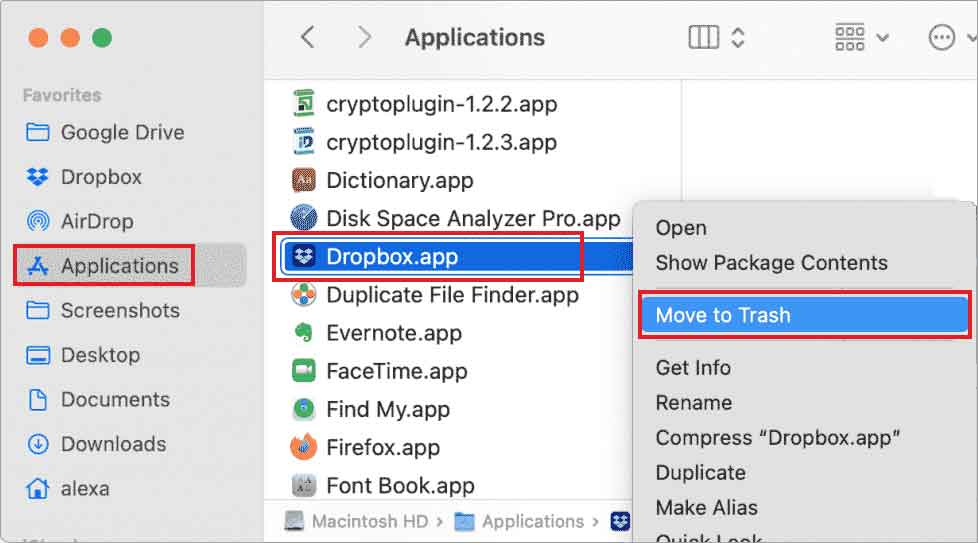

Decide whether to back up your Attached Documents Library with your company file.Tip: If you use attachments, we think it’s a good idea to choose this option.Once it’s encrypted and passworded, your backed up data cannot be unencrypted without your password-not even by us at Intuit! If you’re the only user on the computer and you’re backing up to a private secondary drive, you probably don’t need a password.Tip: Be sure you pick a password you can remember. It’s a good idea to set a password (which automatically encrypts your backup file) if you’re backing up to Time Machine or to a cloud solution like Dropbox or Skydrive. Decide whether to encrypt your backup and create a password or not.Choose whether or not QuickBooks overwrites the backup file each time it creates a new backup.If you use Apple’s Time Machine, you can choose a folder on the Time Machine drive for your QuickBooks backups. If you have a secondary or backup hard drive available, it’s a good idea to set the backup location to that drive. Choose a place to put your backup files.

Set QuickBooks to automatically back up every time you close your company file.Set QuickBooks to automatically back up the company file every few hours or once a day.

Launch QuickBooks for Mac 2015 (if you haven’t already).The first thing you’ve got to do is set up your backup preferences. If you’re new to QuickBooks, you probably just want to know how backups and restoring backups of your company file works. If you’ve upgraded to QuickBooks for Mac 2016 or later, you probably already know that we’ve changed the way we help you back up your all-important company file. But don’t worry-it’s easy to get QuickBooks going again. Sometimes things just don’t go well-files get messed up, computers crash.


 0 kommentar(er)
0 kommentar(er)
